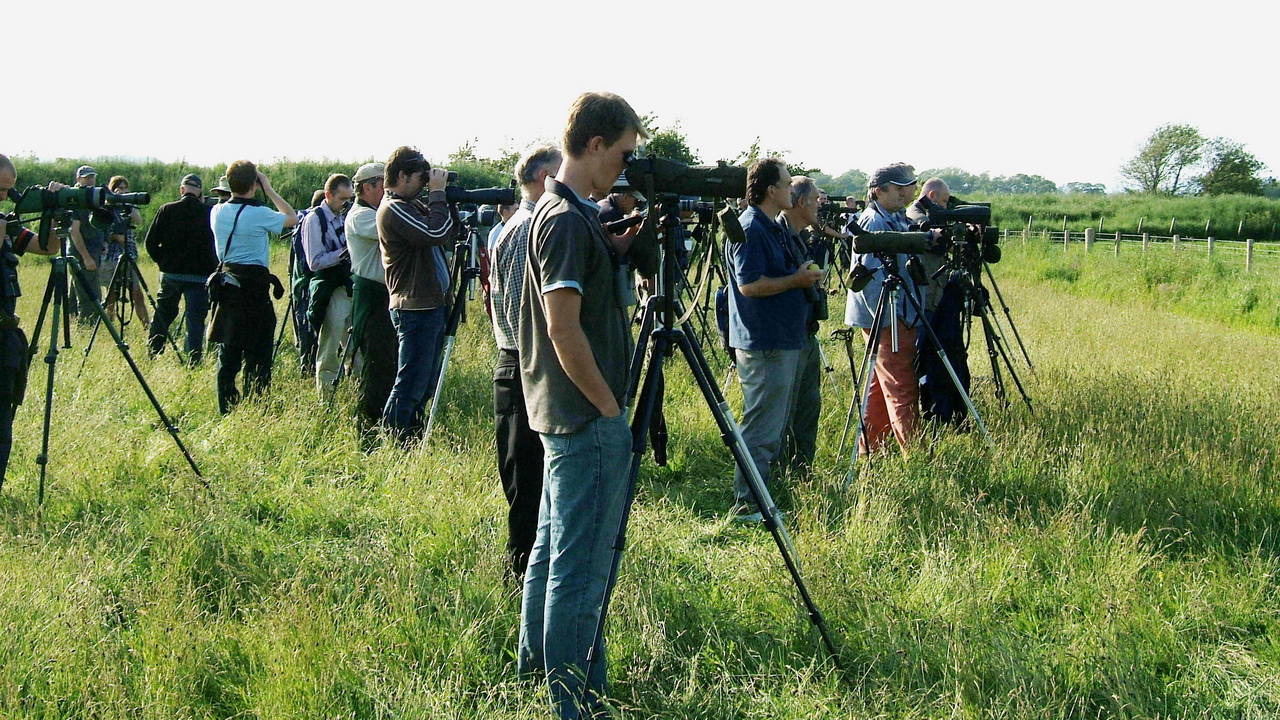Spotting scopes can be classified into different types based on various criteria. Here are several common classification methods for spotting scopes:
Based on magnification
- Fixed magnification spotting scopes: These spotting scopes have a fixed magnification level and cannot be adjusted.
- Variable magnification spotting scopes: These spotting scopes offer adjustable magnification, allowing users to zoom in and out on their subjects.
Based on objective lens diameter
- Small aperture spotting scopes: These spotting scopes have a relatively small objective lens diameter, making them compact and lightweight for easy portability.
- Large aperture spotting scopes: These spotting scopes have a larger objective lens diameter, allowing for better light gathering and improved image quality, especially in low-light conditions.
Based on angled or straight design:
- Angled spotting scopes: These spotting scopes have an angled eyepiece, which provides a more comfortable viewing position, especially when observing objects at higher angles or for extended periods.
- Straight spotting scopes: These spotting scopes have a straight-through eyepiece, offering a more direct line of sight and easier target acquisition, particularly for quick observations or when using a tripod.
Based on intended use:
- Birding spotting scopes: These spotting scopes are specifically designed for birdwatching enthusiasts, offering features such as close focus capability and excellent color rendition.
- Hunting spotting scopes: These spotting scopes are designed for hunters, often featuring rugged construction, waterproofing, and specialized coatings to enhance image quality and durability.
- Astronomy spotting scopes: These spotting scopes are optimized for astronomical observations, with high magnification capabilities and features like image stabilization for clearer views of celestial objects.
- Target shooting spotting scopes: These spotting scopes are commonly used in target shooting and offer features like reticles, high magnification, and precise adjustments for accurate target acquisition.
These are just a few examples of the types of spotting scopes available. When selecting a spotting scope, consider factors such as intended use, magnification range, objective lens diameter, and design features to find the best option that suits your needs.


